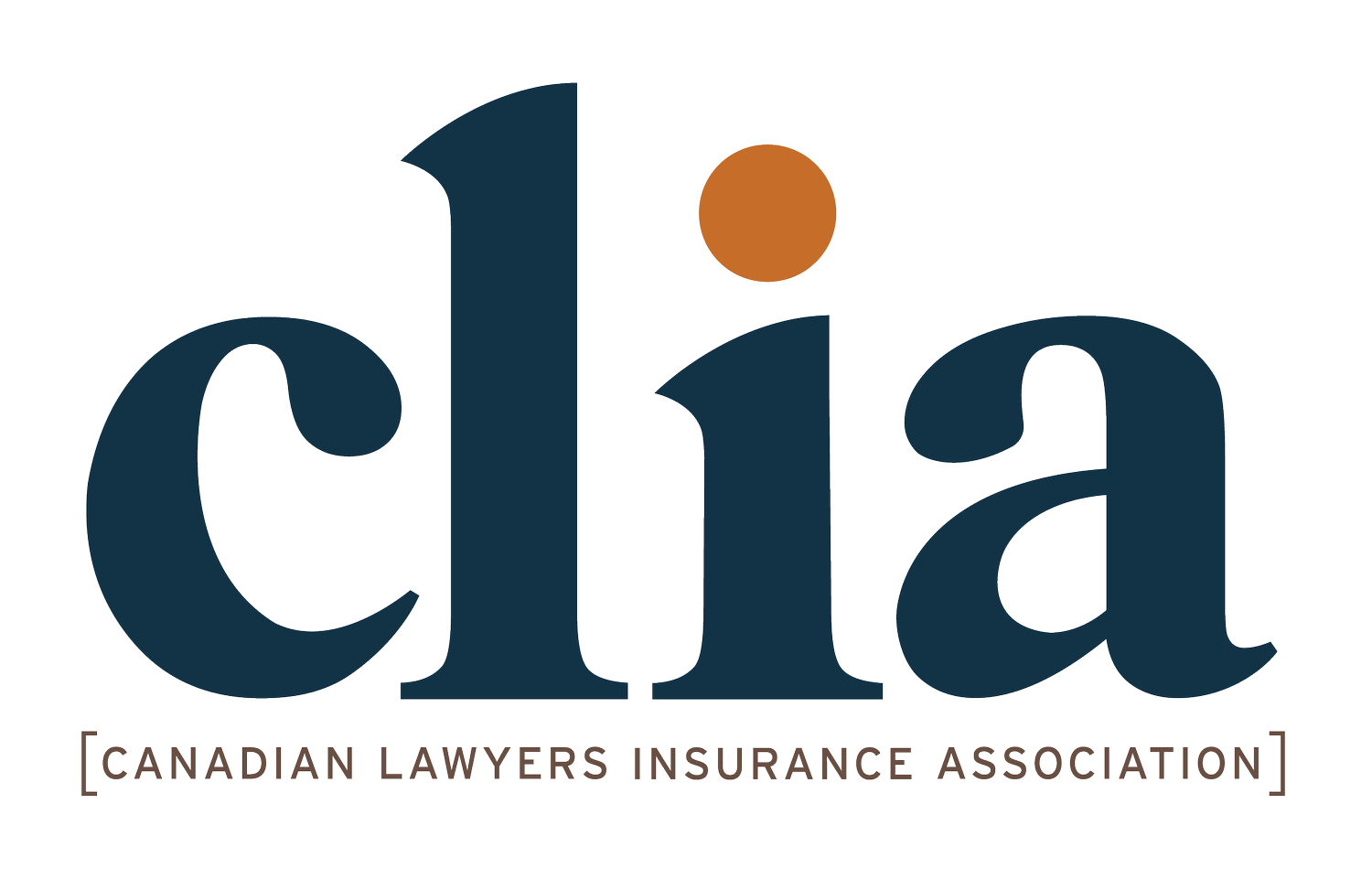Update: Generative AI Guidance
Since our original post in February, both Ontario and Manitoba have developed guidance on generative AI. Below is an update including these new resources.
With the explosion of Generative AI and the subsequent confusion and misuse by lawyers, several useful resources have been created to assist lawyers to better understand how lawyers can incorporate AI into their practice and professional responsibility considerations. See the resources below listed by jurisdiction but note that some information is not jurisdiction specific.
Alberta:
Law Society of Alberta: The Generative AI Playbook
This resource should serve as a starting point for Alberta lawyers seeking to harness the benefits of disruptive technologies like Gen AI while safeguarding their clients’ interests and maintaining their professional competence.
British Columbia:
Law Society of British Columbia: Guidance on Professional Responsibility and Generative AI
The Law Society of British Columbia cannot endorse any product or tool; however, we can provide information that can help in your consideration of whether or not you want to use generative AI-powered tools in your legal practice and, if so, some professional responsibility considerations. The information provided in this guide is focused on the use of generative AI tools powered by LLMs.
Lawyers Indemnity Fund: Generative AI: What Lawyers Need To Know
Recent generative AI breakthroughs have brought tremendous opportunities for efficiency and effectiveness in all professions, including the practice of law. However, all lawyers must be aware of and consider the risks, including those set out below, before adopting AI into practice.
Manitoba:
Law Society of Manitoba: Generative Artificial Intelligence (AI Guidelines)
The Law Society has developed a resource assist the profession in managing their professional responsibilities with respect to the rapid development of generative AI and its impacts on the practice of law.
Generative Artificial Intelligence, Guidelines for Use in the Practice of Law includes definitions of the terms used in AI discussions, guidelines for evaluating the benefits and risks in the delivery of legal services and examples of how the use of Generative AI connects to the Code of Professional Conduct including such as obligations as being technologically competent, maintaining confidentiality and much more.
The legal profession can review these guidelines to assess how they may use Generative AI in a manner consistent with professional obligations set out in the Code of Professional Conduct.
Ontario:
Law Society of Ontario Futures Committee: White Paper – Licensee’s use of generative artificial intelligence
The white paper provides guidance on how the rules of professional conduct apply to the use and adoption of Generative AI. Three resources are also included:
Generative AI: Quick Start Checklist
8 Best Practice Tips for Using Generative AI
Generative AI: Your Professional Obligations
Saskatchewan:
Law Society of Saskatchewan: Guidelines for the Use of Generative Artificial Intelligence in the Practice of Law
The Law Society of Saskatchewan has prepared this guidance document with the goals of:
helping lawyers use generative AI in a manner consistent with their professional obligations; and
assisting legal workplaces to develop appropriate internal policies on generative AI.

